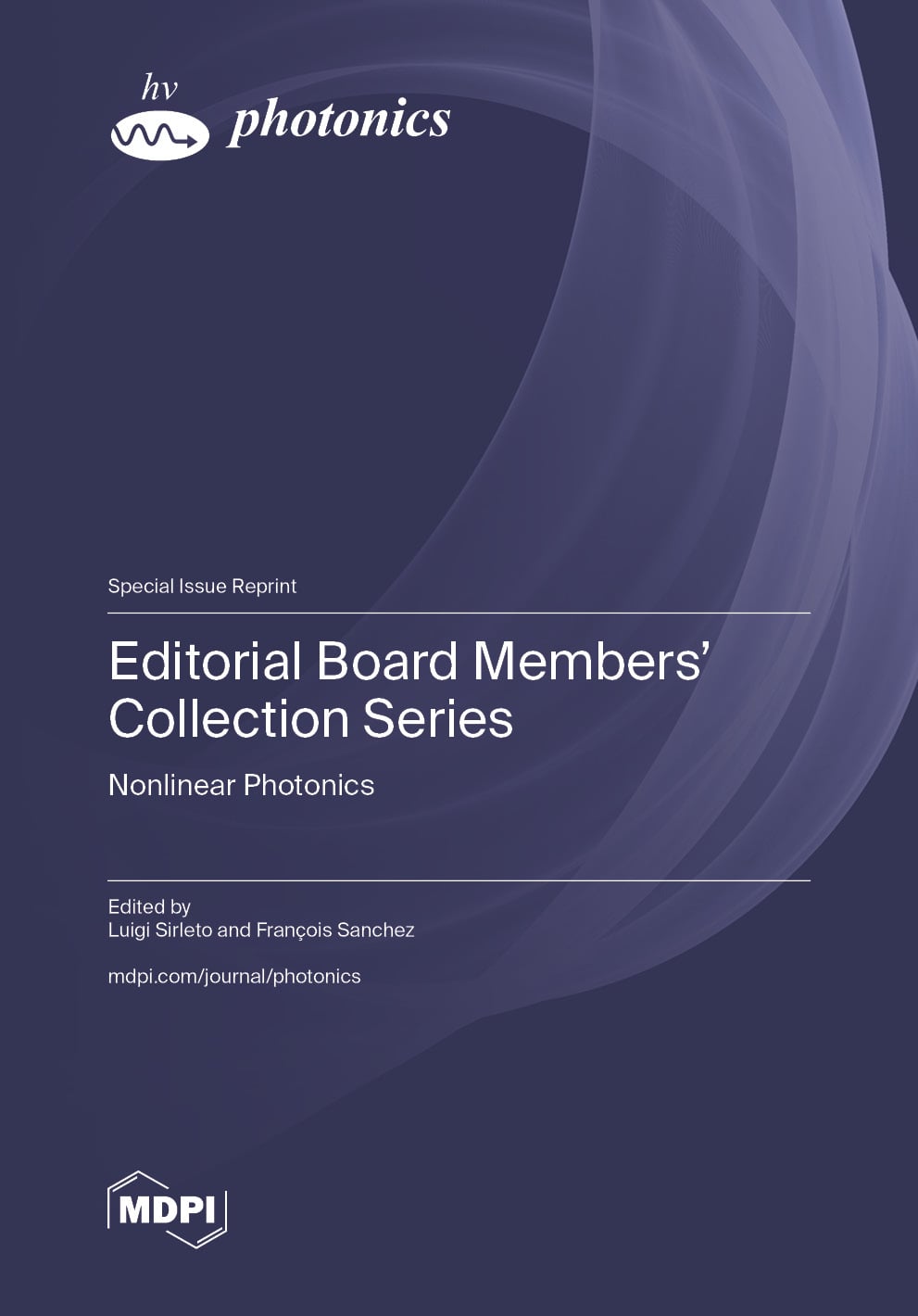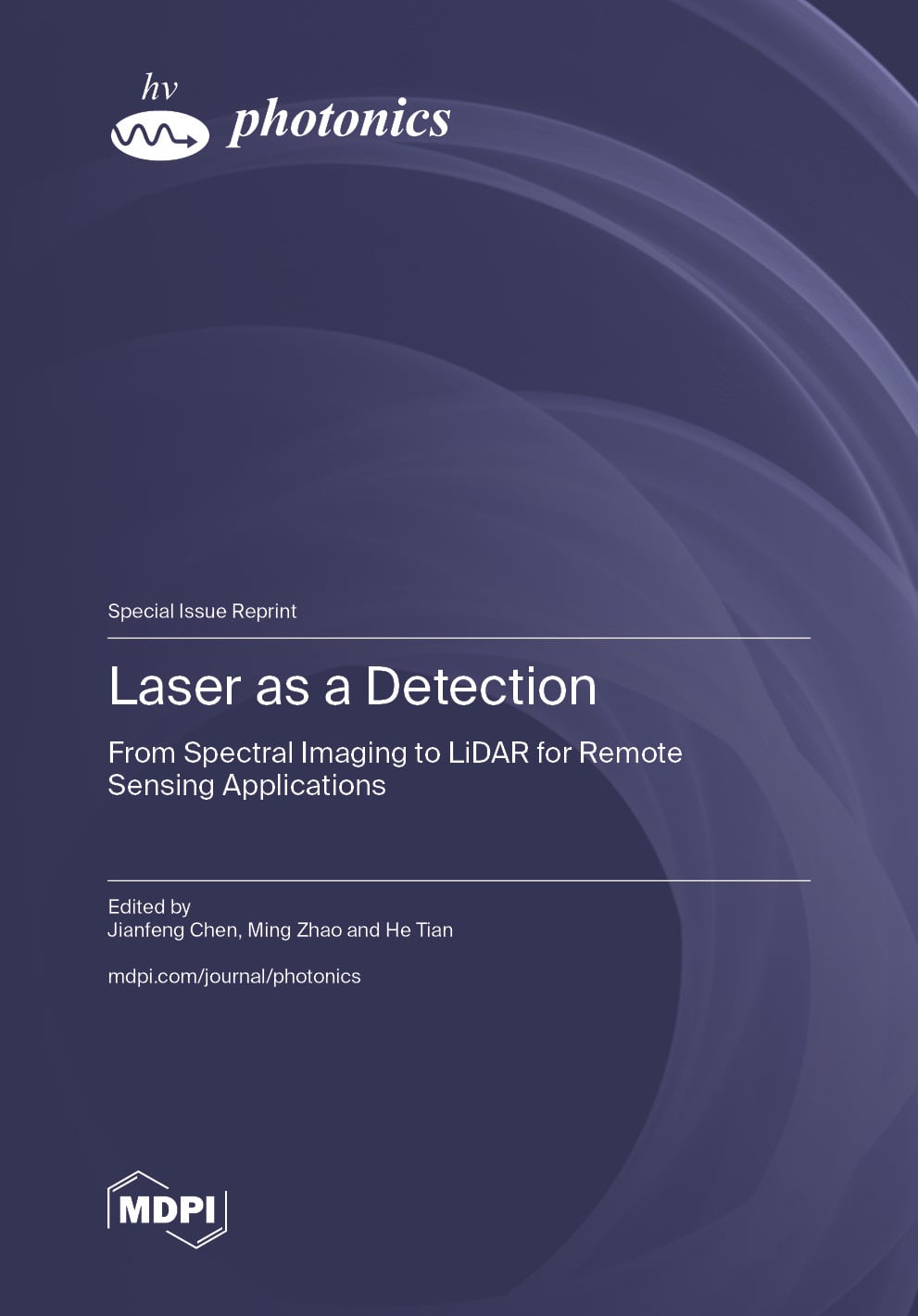- 1.9Impact Factor
- 3.5CiteScore
- 15 daysTime to First Decision
Photonics
Photonics is an international, scientific, peer-reviewed, open access journal on the science and technology of optics and photonics, published monthly online by MDPI.
Quartile Ranking JCR - Q3 (Optics)
All Articles
News & Conferences
Issues
Open for Submission
Editor's Choice
Reprints of Collections

Reprint
Editorial Board Members' Collection Series
Nonlinear PhotonicsEditors: Luigi Sirleto, François Sanchez

Reprint
Laser as a Detection
From Spectral Imaging to LiDAR for Remote Sensing ApplicationsEditors: Jianfeng Chen, Ming Zhao, He Tian

